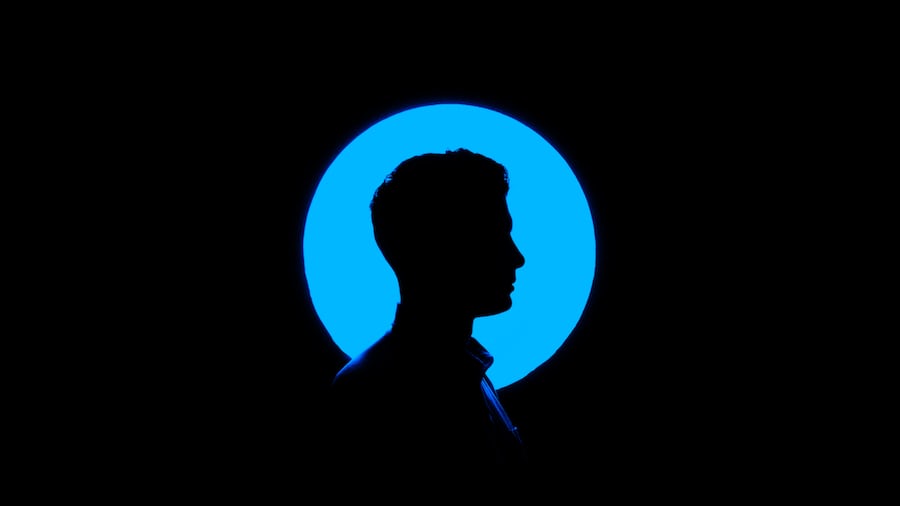This reflection is about the process of investigating my personal digital footprint.
On Tuesday of this week, we engaged with Jesse Miller’s seminar about social media, online citizenship, and the boundaries of technology in the classroom. After listening to Jesse, I was curious about my personal digital footprint; how much of my life was visible to the people and robots that use the internet? So I googled myself and what I found was that Kevin Gordon is a very common name. The first hit was Kevin Gordon, the self-made entrepreneur and philanthropist (coincidently also from Vancouver, BC) who started his first company when he was only 15 years old. As I scrolled down the Google page, I found Kevin Gordon, professional golfer currently appearing on the PGA tour. The next hit was Kevin Gordon, the American singer, songwriter, and poet from Louisiana. And finally, the first page of results concluded with Kevin Gordon, the Australian rugby player of the Gold Coast Titans. While looking through the pages of Google, scrolling past doctors, actors, and athletes who all bear my name, I never once came across a picture of myself or a page that referenced me. For now, I’m going to take that as a sign of relief and move the investigation to the realm of social media.

After Google, the next step in controlling my digital footprint was revisiting my various social media profiles. Being a 90s kid, I subscribed to every emerging social media platform that I could get my hands on. I created several MySpace accounts for my various musical endeavors throughout my early adolescent life and even frequented sites like Friendster and Nexopia, which are now ancient history. I spent some time searching for myself and the old accounts that I used to manage on Myspace and I concluded that they must be long gone. I already felt a great deal of relief from my work so far but, it was time to face the problem that I knew would be the biggest for me: Facebook. I’ve been using Facebook on and off since its introduction to the public tech sphere in 2003. Over the years, Facebook has accumulated pictures and videos of me, sometimes through posts that I have made, but mostly through tagged media. I decided that before I tried to control the content that was attached to my name on Facebook, I needed some help to understand the social media giant’s privacy settings. After reading a few articles, I found out that Facebook has really stepped up their game when it comes to privacy control. But I still wanted some help: here’s a video that I watched by All Things Secured that offers a step-by-step guide to controlling your data on Facebook.
Facebook’s Privacy Checkup, a service that can be found in your account settings menu, is the first stop in investigating and changing your privacy settings. Facebook has created a very intuitive and user-friendly tool that walks its users through the process. One of the settings that I discovered through the video was “Limit Past Posts”, a setting that is found in the Who Can See What You Share section. It allows the users to hide old content available on their Facebook page without changing the settings of each individual post. Warning: this setting is irreversible! As my goal is to erase most of the old content on my Facebook page, I initiated this setting. Next I clicked on the How People Can Find You on Facebook section of the Privacy Checkup. Here, you can control who is able to send you Friend Requests, who can look you up via email and phone number, and whether or not your Facebook profile can be searched on Google. Other services of the Privacy Checkup include data settings and advertisement preferences.
I spent an adequate amount of time tailoring my Facebook setting until I was happy with the content that others could see on my page. I limited the amount of old photos and posts that are visible, I hid all of the photos that I had been tagged in over the years, and I gained more control over who can find my page through various search mediums. The final step in investigating and securing control over my digital footprint was my Instagram page. Since Instagram is the most recent social media endeavor that I have joined, I feel that my posts are curated in a way that represents my current identity. In that way, I don’t feel the need to make my account private. What I did end up looking into was the other accounts that I follow, and how they paint a picture of my interests. Before today, I followed 395 users, most of which are celebrities, meme pages, and corporate-run accounts. I scrolled through the list of accounts and decided whether or not those that I followed were contributing constructively to my life. I realized that there are many account with which I no longer connect. This action helped me control what I am being exposed to on Instagram and made me realize that cleaning up my feed is something that should do on a regular basis.
Investigating my digital footprint has led me to the realization that I’m not as easy to find as I first thought. Having a name like Kevin Gordon is both a blessing and a curse: a popular name means that my privacy will be maintained on the internet and that potential employers will have a hard time learning about me online. Moreover, I’ve noticed that tech companies like Facebook are making online life less scary for users and facilitating the control over users’ personal privacy settings. Overall, I feel more at ease with my online presence, something that once worried me. I now believe that my various social media accounts accurately represent my life, my values, and my life goals.
